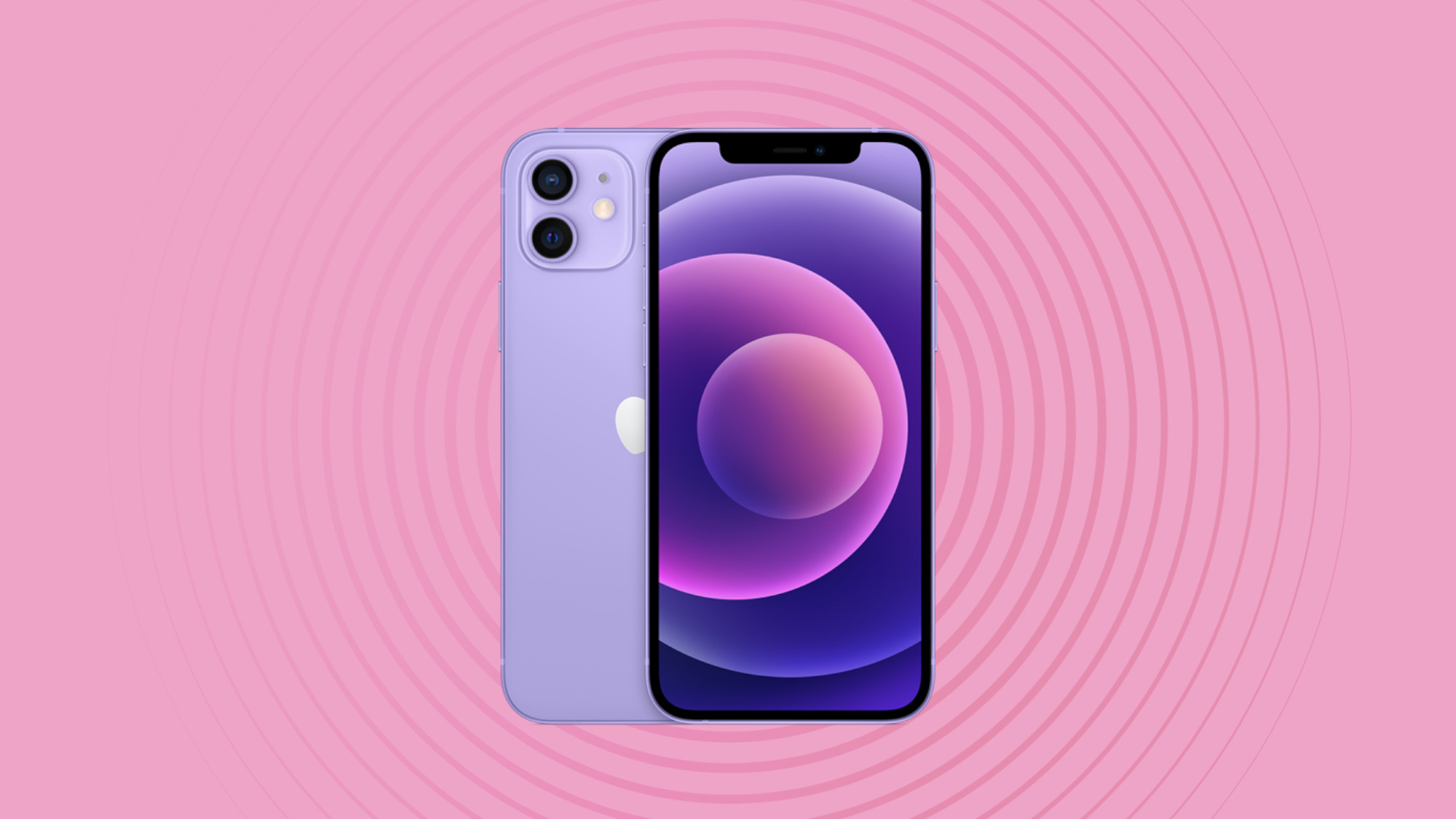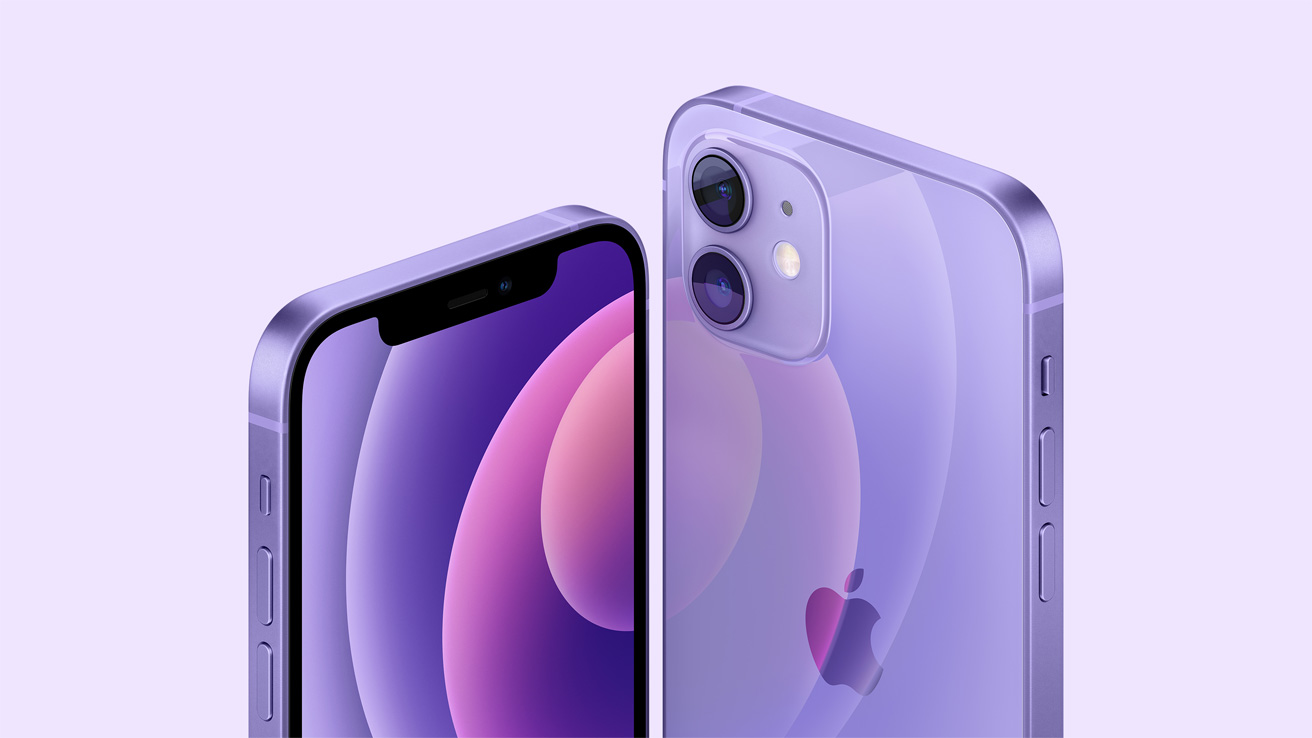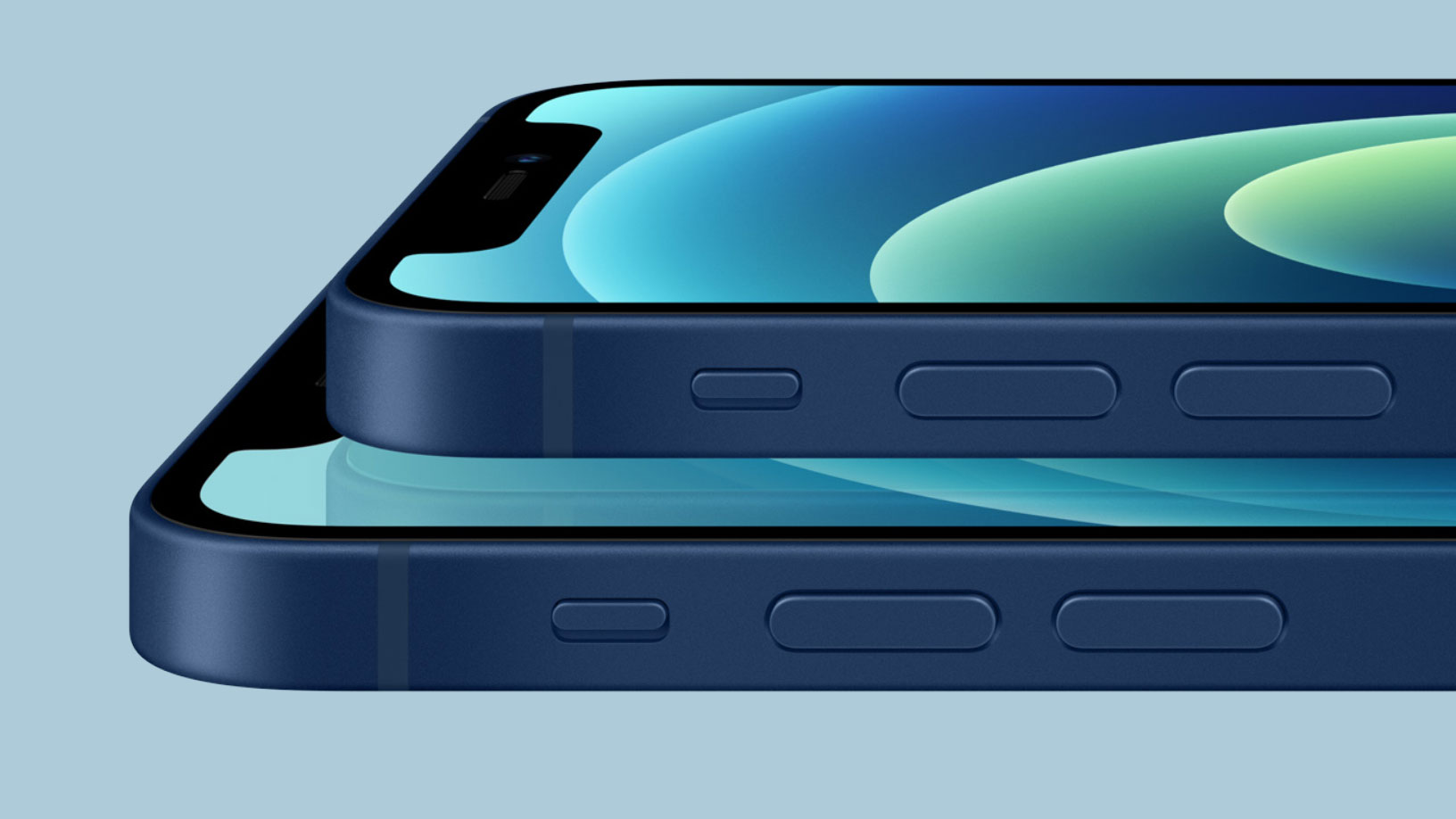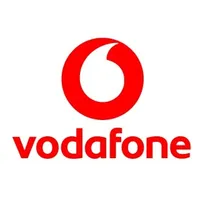Best iPhone 12 plans in Australia (December 2025)
Buying an iPhone 12? We’ve found your best options for buying outright or on a plan

The iPhone 12 was released in 2020, and it’s since been refreshed two times over, in the form of the iPhone 13 and iPhone 14.
It also won’t be long until the iPhone 15 is revealed, but you can still find the iPhone 12 on a plan from Telstra, Optus and Vodafone. Though, given that it’s now three years old , is it worth picking up an iPhone 12 on a plan?
At this time, the cheapest iPhone 12 on a plan is only AU$4p/m less than the iPhone 13 on a plan, or AU$11p/m less than the iPhone 14 on a plan with the same amount of storage and data allowances from Vodafone. As such, we don’t recommend the iPhone 12 at this stage, and to wait for a discount on the handset, which we might see once the iPhone 15 is here.
There’s also options to buy the iPhone 12 outright and pair it with one of the best SIM-only plans. Retailers such as Amazon, JB Hi-Fi and The Good Guys offer different variants of the handset, and there’s a AU$130 discount on the 128GB iPhone 12 from Amazon. Finding a refurbished model will also save you some money, but at this time, you have to buy a refurbished model through third-party sellers as Apple doesn’t sell refurbished iPhones.
Best iPhone 12 plans: current deals
- iPhone 12 (black, 128GB) |
AU$1,129AU$999 at Amazon (save AU$130)
Best iPhone 12 plans: our picks

Best iPhone 12 plans: our picks
iPhone 12 (128GB) | 40GB data | 24 months | AU$92.04p/m
While you’ll be limited to the purple handset, Vodafone offers the best iPhone 12 plan, with even better value than Optus's 64GB iPhone 12 on the Small plan which works out to be AU$92.68p/m. When pairing this phone with Vodafone’s AU$45 Small plan, you’ll be paying AU$92.04 a month and also get 40GB of data included. However, given that you can get the iPhone 13 on a plan for AU$96.20p/m from Vodafone, we’d recommend going for the more recent handset instead.
Total cost over 24 months AU$2,208.96
Cheap iPhone 12 plans
If it’s the absolute cheapest iPhone 12 plan you’re after, it’s likely you’ll be looking at the 64GB model on a 36-month contract. These options will shrink your monthly bill, though you will end up paying more in the long run. This is an automatically updated list of the cheapest monthly options from the major telcos:

Outright iPhone 12 deals
When the iPhone 12 first launched, prices started at AU$1,349 for the 64GB storage capacity. But now that the iPhone 14 has been revealed, you can get the 64GB model for AU$1,049.
Jump up to the 128GB model, and you’ll now be paying AU$1,129, while the largest 256GB version will cost you AU$1,299. All models are now AU$300 cheaper than their launch price.
The iPhone 12 comes in black, white, blue, green and red, while a new eye-popping purple was also released. Purchasing any of the new iPhone 12s will also let you redeem one year of Apple TV Plus for free.
If you do choose to buy it outright, you’ll want a nice affordable SIM-only deal to go with it.
- Compare more iPhone 12 prices and plans on Getprice.com.au
iPhone 12 review

iPhone 12 review in brief
Specifications
Reasons to buy
Reasons to avoid
At its core, the iPhone 12 is an incremental update. Other than the fact that Apple has now joined the world of 5G and added a clever MagSafe feature for wireless charging, there aren’t a whole lot of unique new features.
However, Apple has significantly improved the camera, especially when it comes to low-light shots and video. It’s also introduced the A14 Bionic chip, the fastest processor in any of its phones, and one of the fastest phone processors period.
The design of the phone has been reworked, with smaller bezels and flat, squared-off sides, though it does remind us of the similarly shaped iPhone 5.
Read our full iPhone 12 review
iPhone 12 FAQ
Do you get any accessories with the iPhone 12?
Apple’s boxes are a lot lighter than they used to be. Starting with the iPhone 12 series, the tech giant has now removed the charging block and the headphones that used to come in the box.
Apple has stated the purpose of the change is to reduce its carbon footprint, by lowering the amount of raw materials used for each iPhone. That means inside the box you’ll now get the phone, the charging cable and the instructions.
That means that if this is your first iPhone, or you don’t have any charging blocks lying around, you’ll have to buy a charger separately. The same goes for headphones if you need a new pair.
Should you get the iPhone 12 or the 12 mini?
Apple has added one extra device to its round-up with the 12 mini. While in the past we’ve seen a trio of options, the iPhone 12 mini has brought the latest series into a family of four.
In its most basic sense, the iPhone 12 mini is just a smaller version of the iPhone 12. At 5.4-inches, it’s a considerable amount smaller than the iPhone 12's 6.1-inch size.
In fact, the iPhone 12 mini is one of the smallest smartphones you can buy in Australia, making its 5G capability and fastest-processor-on-the-market status quite notable (alongside the rest of the iPhone 12 range).
Other than size, price and battery, the iPhone 12 mini and iPhone 12 are almost identical. The 12 has simply been shrunk down, and it maintains the same processor, 5G capabilities, camera, screen resolution, IP rating and almost every other major factor.
So, do you buy the iPhone 12 mini? Well, considering it’s far smaller size, the 12 mini is for those who like small phones. If you like bigger handsets, this is not for you, but if you like normal sized phones, this could be a nice reduction without compromising on quality.
How does the iPhone 12 compare to the iPhone 12 Pro?
They both launched on the same day and for many, the iPhone 12 Pro could actually be the better investment.
While all of the core specs are shared across both handsets – 5G connectivity, the A14 Bionic chip, MagSafe technology and the same OLED display – the iPhone 12 Pro wins in a few key areas.
It has an increased battery size, adds an additional camera lens and it features an increased pixel density. It also has larger storage options.
However, all that adds to the cost, making the iPhone 12 Pro a fair bit more expensive than the iPhone 12.
Should I buy the iPhone 12 or the older iPhone 11?
Despite the fact that the iPhone 12 launched alongside three other devices, the iPhone 11 is actually the device most fiercely compared to the iPhone 12. While there are a number of factors included in this comparison, the price is the big one.
After the iPhone 12 launched, the iPhone 11 came down considerably in price, starting at AU$999. With this in mind, the iPhone 11 is currently at its best value to date.
On the other hand, the iPhone 12 is a considerable jump in price, costing upwards of AU$1,349. While the newer device has 5G, a powerful processor, improved camera specs and a number of other improvements, the iPhone 11 might actually be the better option for those not fussed on the latest upgrades.
Choose the iPhone 12 if up to date specs are important to you, but otherwise the iPhone 11 is a reasonable choice.
What are the stand out features of the iPhone 12?
While the iPhone 12 is mostly an incremental upgrade to the iPhone 11, there are a few factors that has brought Apple up to speed, or even exceed, its competitors:
5G
This is Apple’s first 5G handset, bringing it into a world that was previously dominated by Android providers. However, 5G is an emerging technology, and it’s still in the process of rolling out widely in Australia.
For now, 5G feels more like a preparation, getting devices ready for when 5G is readily available in more than just tiny pockets of cities.
A14 Bionic chip
Apple was already one of the top choices when it came to processors, and the name behind the fastest processor in the A13 Bionic chip when the iPhone 11 launched.
Now, it’s released the A14 Bionic chip – also found in the new iPad. This is the fastest processor available in any phone on the market right now.
MagSafe
If you’ve ever had a MacBook with a snap-on charger, this will sound familiar. MagSafe is a feature where a wireless charger can snap to the back of your phone.
While the obvious use for this is to easily put your phone down to charge, Apple is already suggesting other uses. The most popular suggestion the brand has had so far is for snap on wallets.
- iPhone 12 colours: new shades for the iPhone 12, 12 mini, 12 Pro and 12 Pro Max
Sign up for breaking news, reviews, opinion, top tech deals, and more.

Jasmine Gearie was previously an Ecommerce Editor at TechRadar Australia, with a primary focus on helping readers find the best mobile and NBN plans. During her time with TechRadar, she also reported on important telco news in Australia, and helped track down tech deals to help readers save money.
- Petra PlayerWriter
